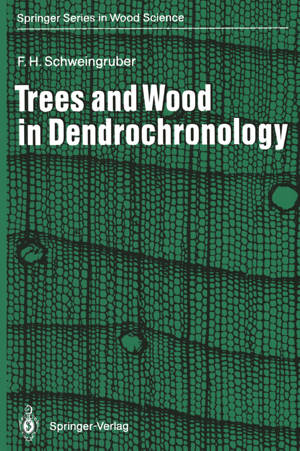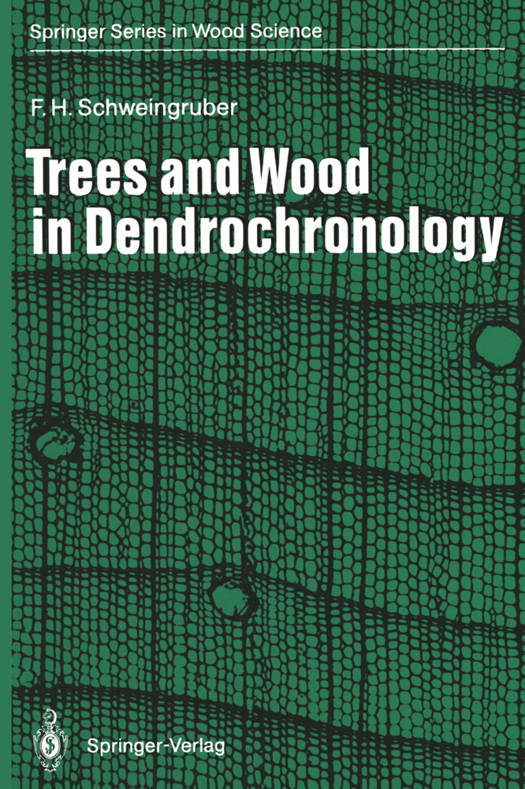
- Afhalen na 1 uur in een winkel met voorraad
- Gratis thuislevering in België vanaf € 30
- Ruim aanbod met 7 miljoen producten
- Afhalen na 1 uur in een winkel met voorraad
- Gratis thuislevering in België vanaf € 30
- Ruim aanbod met 7 miljoen producten
Zoeken
Trees and Wood in Dendrochronology
Morphological, Anatomical, and Tree-Ring Analytical Characteristics of Trees Frequently Used in Dendrochronology
Fritz H Schweingruber
€ 145,19
+ 290 punten
Omschrijving
The science of dendrochronology has grown significantly in the past 20 years. In the 1950s and 1960s, interest in the subject was limited to only a handful of scientists who perceived in dendrochronology a "l'art pour l'art". Today, however, specialists from many different fields recognize and are pursuing the problems of dendrochronology. Tree-ring research has acquired a permanent role in the various sciences of archeology, history, geology, ecology, and climatology. The founders of dendrochronology themselves were of varied scientific backgrounds and interests. For example, A. E. Douglass in the United States was an astronomer, B. Huber in Germany a forest-biologist, and F. N. Shvedov in Russia a climatologist. Today the spectrum is even broader. Many den- drochronologists are authorities in mathematics, archeology, history, forestry, botany, wood technology, ecology geography, geology, etc. It is, therefore, understandable that it has become almost impossible for one individual to encompass the entire field. Bitvinskas (1974), Fritts (1976), Schweingruber (1983), and Mitsutani (1990) have attempted, each guided by his own interests, to provide at least an overview of the field. Recently, individual aspects have been presented by groups of authors in books edited by Fletscher (1978), Hughes et al. (1982), Jacoby and Hornbeck (1987) and Bradley and Jones (1992). It is very likely that in the future summaries covering each branch of dendrochronology will be published.
Specificaties
Betrokkenen
- Auteur(s):
- Vertaler(s):
- Uitgeverij:
Inhoud
- Aantal bladzijden:
- 402
- Taal:
- Engels
- Reeks:
Eigenschappen
- Productcode (EAN):
- 9783642771590
- Verschijningsdatum:
- 19/01/2012
- Uitvoering:
- Paperback
- Formaat:
- Trade paperback (VS)
- Afmetingen:
- 156 mm x 234 mm
- Gewicht:
- 580 g

Alleen bij Standaard Boekhandel
+ 290 punten op je klantenkaart van Standaard Boekhandel
Beoordelingen
We publiceren alleen reviews die voldoen aan de voorwaarden voor reviews. Bekijk onze voorwaarden voor reviews.








